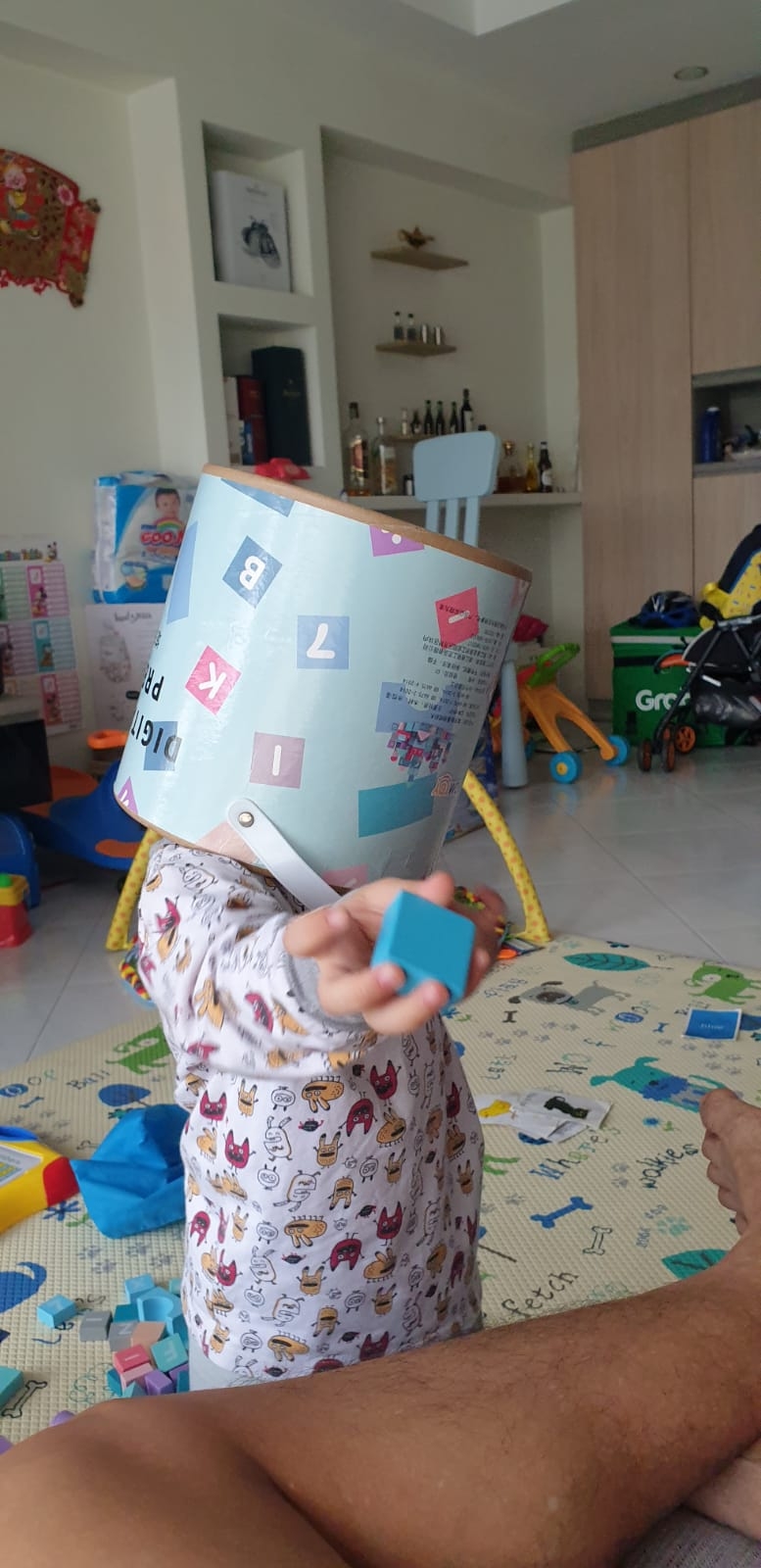
Ryan88
No personal profile
151Follow
4Followers
0Topic
0Badge
Wow
Sorry, the original content has been removed
Wow
Suze Orman worries about a market crash — here's what you should do
Like. Please
20 cloud stocks expected to increase sales the most over the next two years
Wow
Sorry, the original content has been removed
Like thanks
Alphabet Inc. And Buffett: Why He Regrets And Why He Never Bought
Awesome
Airline stocks, Cruise Stocks rally continues in morning trading
RiP
Here’s what inflation’s spike means for stocks now
Go didi
US IPO Week Ahead: DiDi makes its billion-dollar debut in a 17 IPO week
Wow
Sorry, the original content has been removed
Wow
Sorry, the original content has been removed
Great article, would you like to share it?
@Emotional Investor:Really missed the boat on $Palantir Technologies Inc.(PLTR)$ Only got in when it reached the mid $60's. Started looking at it when it was trading at $26, still didn't understand it when it topped $46, but now can see the massive upside. Nasdaq inclusion it's just a small catalyst compared to the stocks huge growth potential. Only have a small position atm, but I will just keep DCA in over time. Why not go all in? Well it's extremely expensive with alot of the future growth potential already Priced in, so I'll just try to buy the dips if they happen.
Great article, would you like to share it?
@Dick Elinor:$Palantir Technologies Inc.(PLTR)$
Great article, would you like to share it?
@Barcode:$NVIDIA Corp(NVDA)$ $NVDA often moves the opposite of $TSLA. My theory is that when TESSIE squeezes and pushes out NVDA consolidates. 📉📉📉📉Likely heading to gold bottom at $134.35-$131.84. Buy the dip! Happy Trading ahead! Cheers BC 🍀🍀🍀 @Tiger_comments @Daily_Discussion @TigerPM @TigerStars @TigerObserver @TigerPicks @TigerGPT
Opportunity
Nvidia shares rose more than 5% to a new high
Wow
Sorry, the original content has been removed
Go to Tiger App to see more news